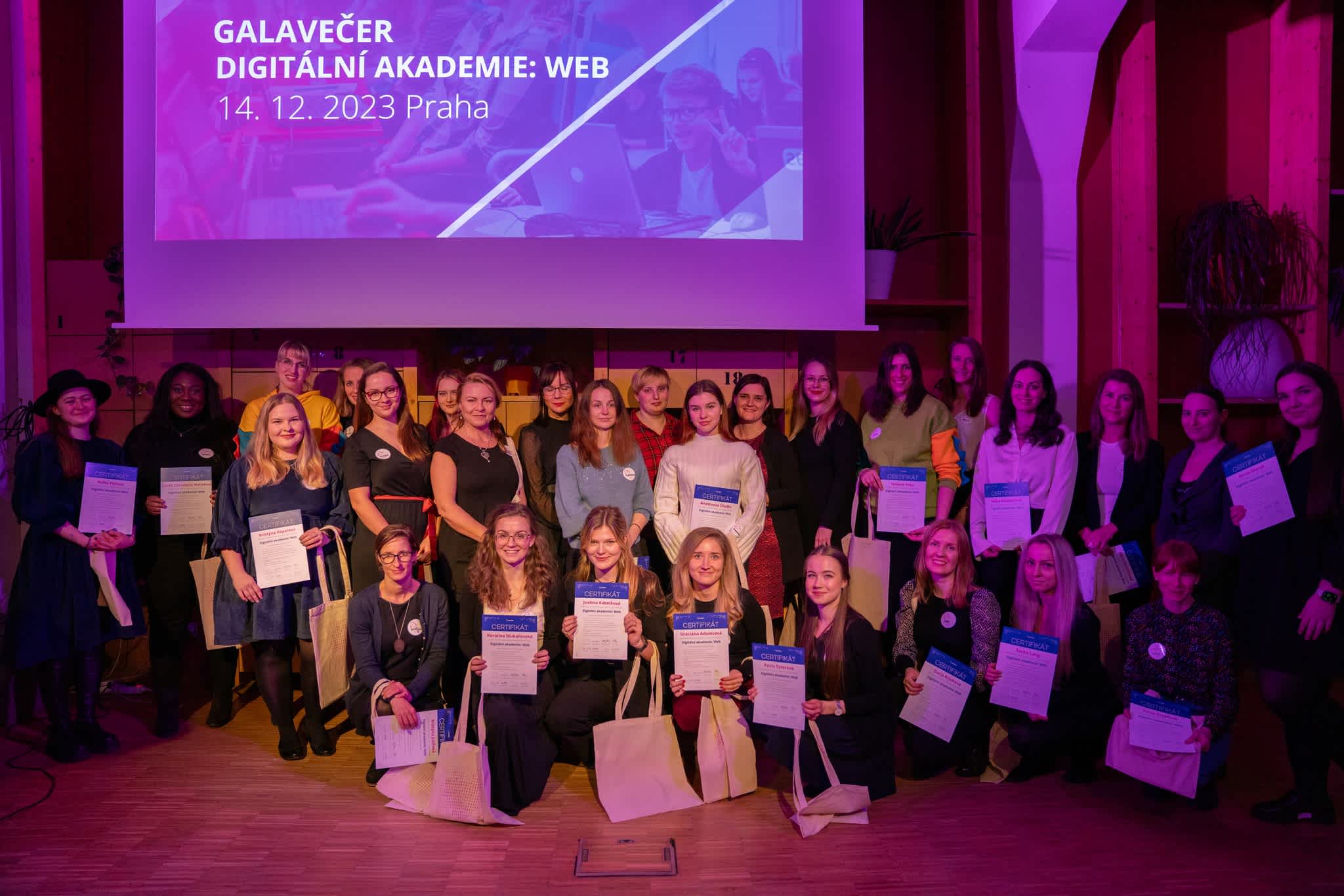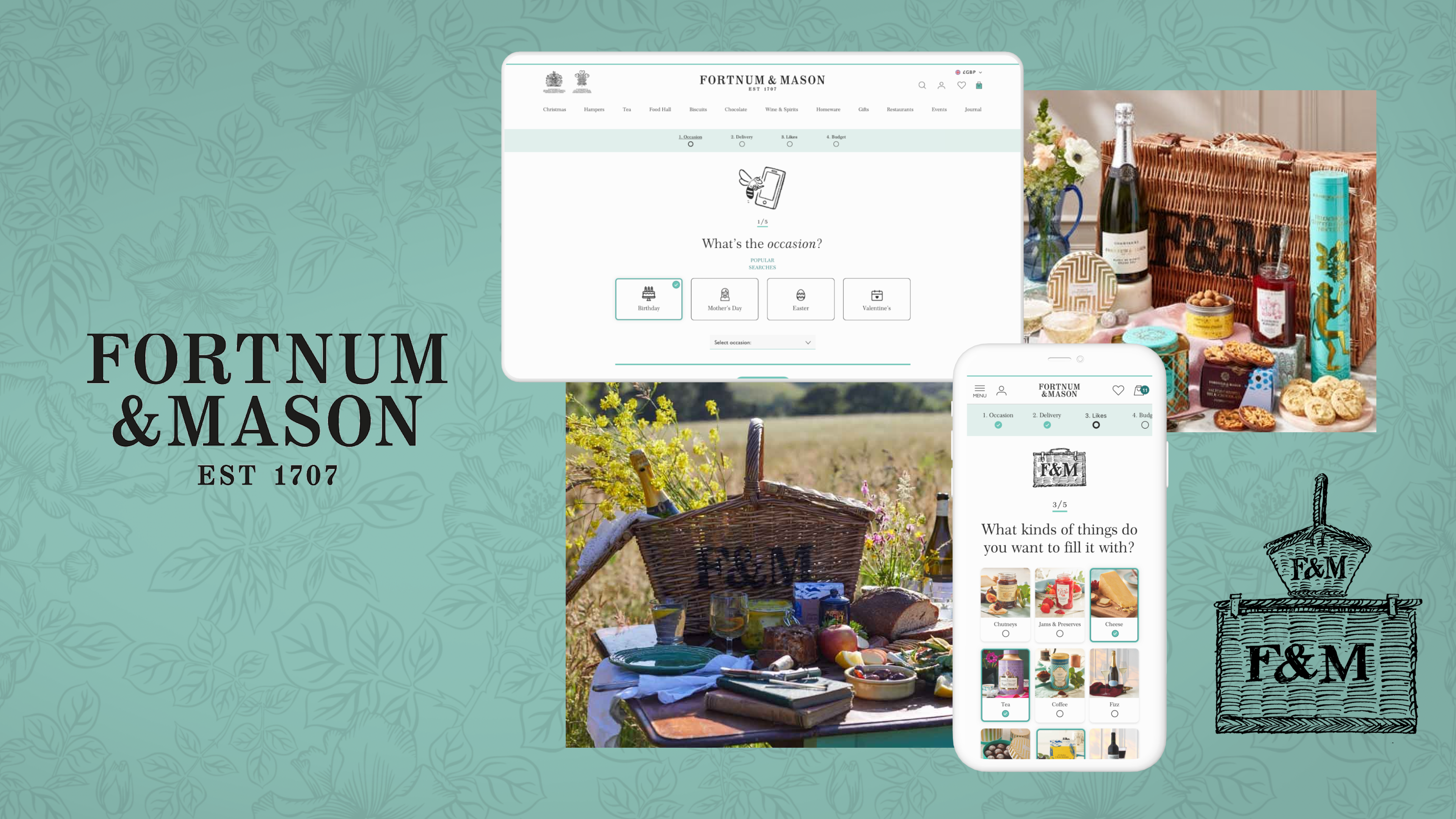Getting started in Digital Product: Out of Fashion into UX Design.
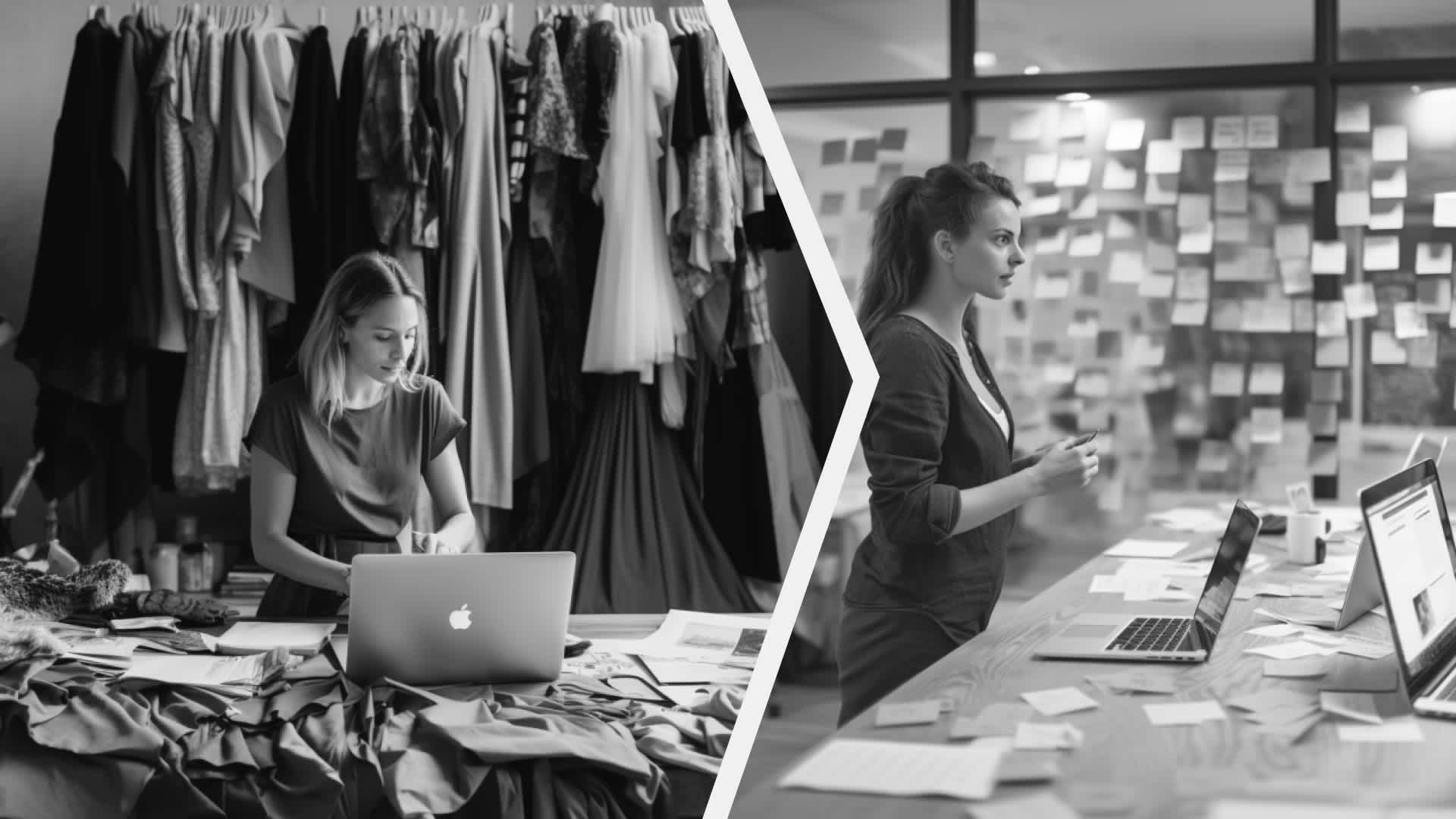
When I decided to change careers - after working in the fashion industry for over a decade - the one thing I knew was that I wanted my career to be challenging and rewarding. I wanted to do something purposeful but also creative. My previous roles varied from visual merchandising, product merchandising and product production, so I was a bit lost on what skills I had and how they could be transferable to other industries.
Then one day when trying to buy cheap plane tickets I lost my mind with the website (which I won't name and shame here) and I thought “this shouldn't be this hard, why are they doing this?” and just like that I bumped into the world of UX.
The more I read about it, the more I envisioned a role in UX. I also found there were a lot of similarities between this industry and my then current role in fashion production, which meant many of my core skills were transferable and relevant.

Stepping into the world of UX
My first step into my potential new career in UX was to read some job descriptions to identify what skills I needed to land my first role. Some roles required a design background, others required basic knowledge of UX, and all of them required a portfolio - which at this point I didn't have.
I decided to join an immersive course in UX, in which I learned the main methodologies used in UX and practical work that would help me build a portfolio. To my surprise, these 2 industries had a lot of similarities.
Both industries have a user-centric approach: In fashion, designers consider the comfort, style, and preferences of the wearer, and in UX design, professionals create interfaces tailored to the needs and preferences of the end-users.
They are highly collaborative: fashion designers work with pattern makers, factories, merchandisers and other professionals, and UX designers collaborate with developers, product managers, and stakeholders to create functional designs.
Both fields follow an iterative process: Fashion designers create various rounds of samples and refine their designs through fittings. Similarly, UX designers iterate on wireframes, prototypes, and interfaces based on user feedback and testing.
In both fields, user testing is crucial: Fashion designers may conduct fittings and test wearability, and UX designers perform usability tests on websites or apps to identify user experience issues.
They are both subject to evolving trends: Fashion designers must stay current with fashion trends, while UX designers need to be updated with design and technological advancements.
I also learned about overarching UX processes, and found that (most of the time) these methods fit in the phases of the Double Diamond.
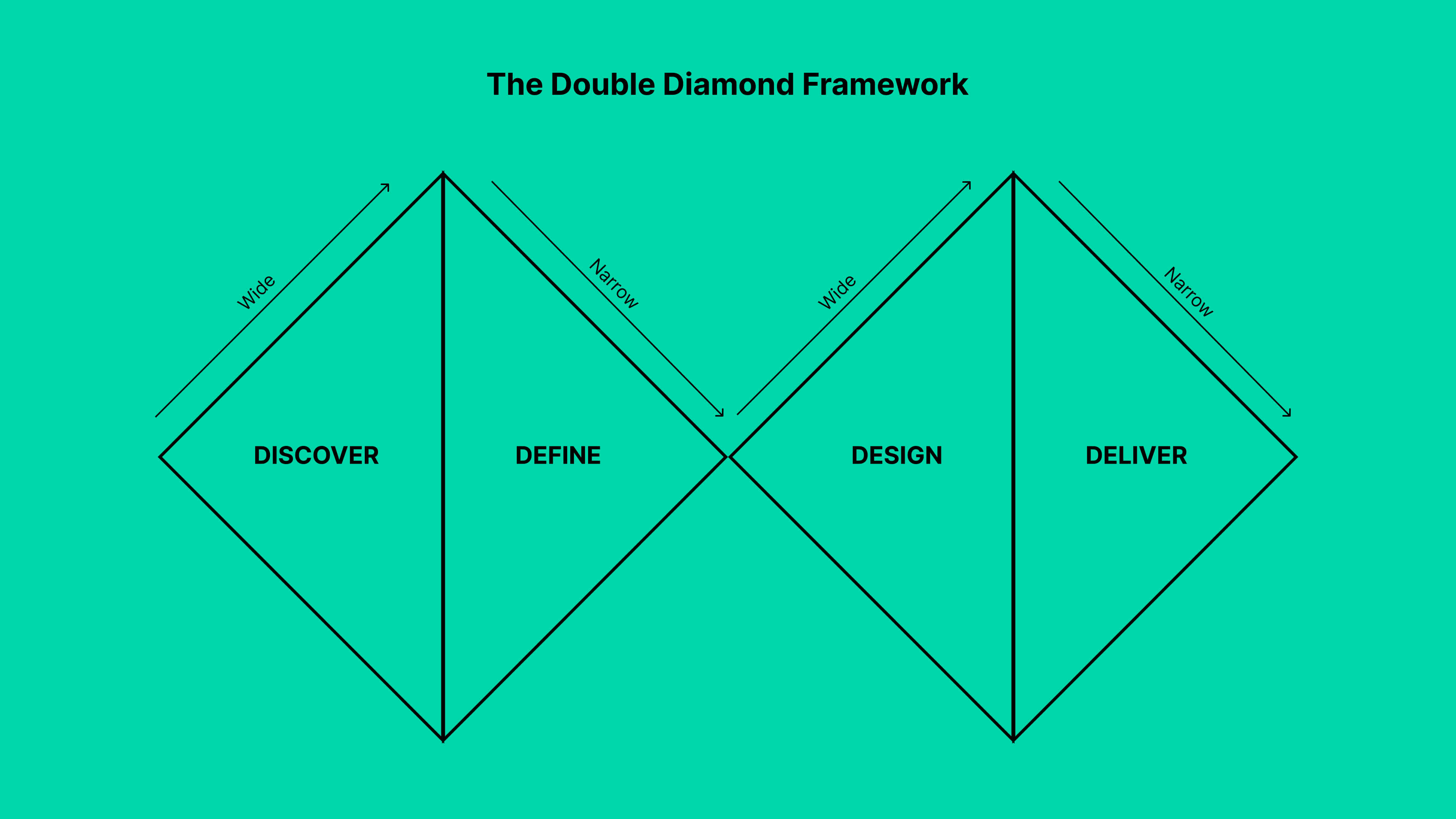
In case you are not familiar with this term, the Double Diamond is a model that represents a popular UX design process that is split into 4 phases: Discovery, Definition, Design and Deliver. The reason two diamonds are used is to represent how the Discovery Phase takes a wide look at the landscape, then in Define we narrow in to a shortlist of challenges to solve. Then in Design we expand our thinking and exploration once again, but the delivery phase narrows it again as we can never deliver absolutely everything.
Each phase of the Double Diamond has activities that are typically carried out. For example, in the Discovery phase it would be quite typical to do market research, while in the Design phase it’s quite common to create low fidelity wireframes.

Joining Bernadette
Once the course had finished, the terrifying stage of looking for a job started, but with a newly built portfolio and a few interviews later I landed a role here in Bernadette - a digital innovation agency in which I could put all my learnings into practice.
The Bernadette UX team is made up of people from all sorts of different backgrounds, from industrial design, government, account management and web development. I soon realised that UX design is not a career where you are expected to have exactly X, Y, Z in your CV, but instead is a very welcoming industry where you are valued both by your skills, and by the new perspectives you can bring to the table from your background and experiences.
In order to create products that are accessible and usable by a broad spectrum of users, it is important that designers have diverse backgrounds. This ensures greater levels of empathy and understanding as individuals bring different perspectives and experiences. My background in fashion contributes to the overall diversity here at Bernadette, adding a unique perspective to our collective creativity.
Starting out as a Junior UX Designer
As a Junior UX Designer, many of my projects were small projects or small parts of bigger projects, and required things like assisting in research, experience mapping, wireframing, sketching, ideating, and iterating. Slowly but steadily I've been practising and perfecting my skills, and before I knew it I had already worked in more than half the skills across our internal Core UX skills framework which covers Research, Strategy and Design.

My favourites
In both my previous role in fashion and my current position in UX, I've discovered striking similarities in my favourite tasks.
Ensuring users' best interests is very important to me, from researching customer preferences for shirt sizing to creating accessible and enjoyable user experiences in websites. Comparative research plays a key role in my project kick-offs, whether identifying trends in vegan leather for a fashion collection or analysing competitors' content for an automotive brand's webpage.
Testing and iterating, a phase I particularly enjoy, has taught me valuable lessons. For instance, feedback on men's swimwear in the fashion industry led to a complete redesign for comfort. Similarly, in UX, a usability test revealed unexpected user preferences for brighter-coloured vehicles over sleek, modern imagery in a landing page design.
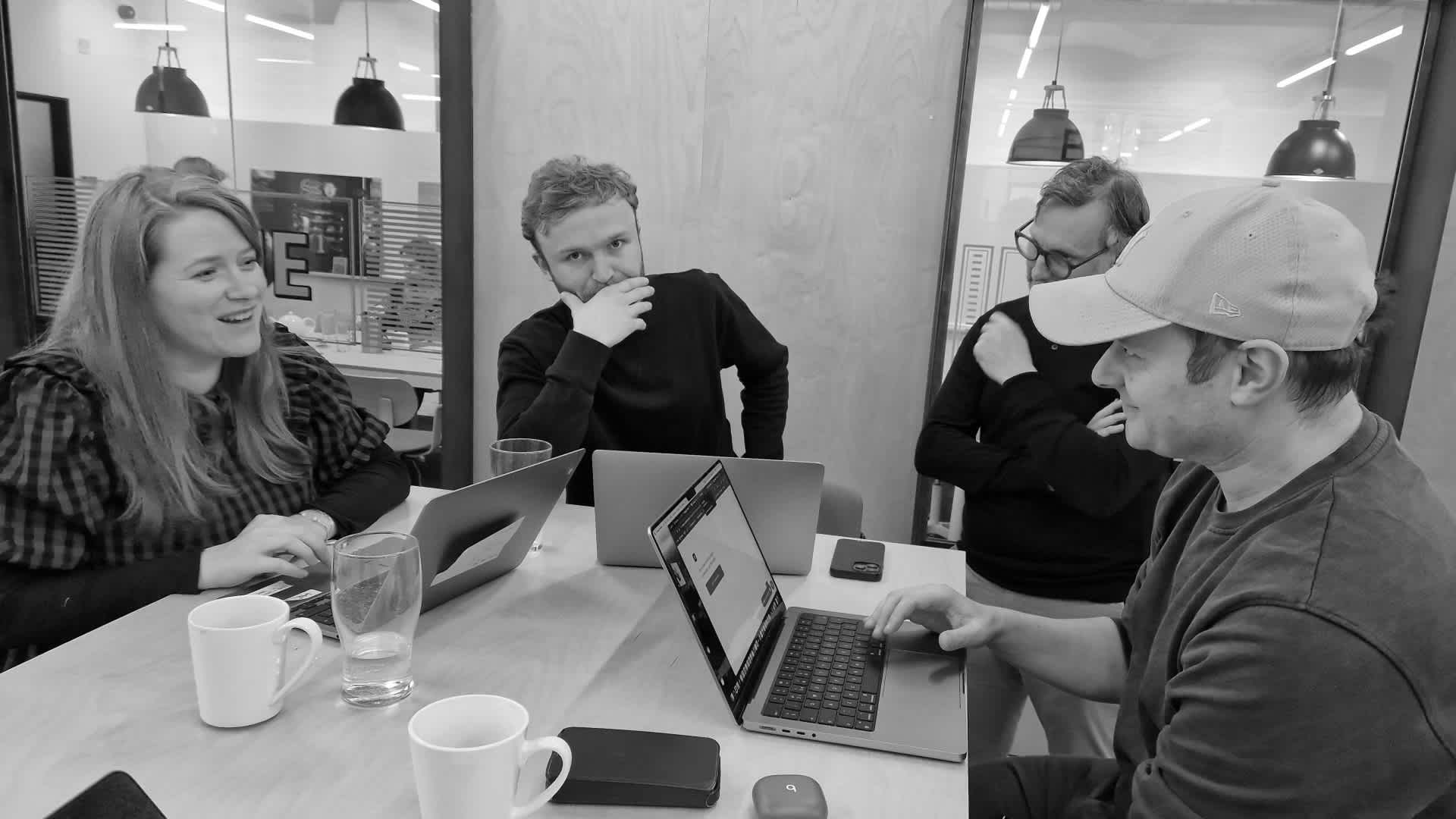
My biggest challenges
I’ve made this career change feel like a walk in the park, however I’ve also had to overcome some challenges and navigate my way through various different ways of working.
Tech Lingo- My biggest challenge has been keeping up in tech heavy conversations, using terms like programming languages, frameworks, and the latest tech buzz sometimes felt like they're speaking a different dialect. Conversations were moving so fast that I often found myself nodding along, trying to make sense of it. I’ve learned now that this takes a lot of time to get over, however I'm lucky enough to have a team where I'm comfortable enough asking the questions.
Presenting my work- Speaking in front of people is a new challenge for me in this job. Unlike my past roles, where I didn't have to present my work to the team or clients, now I find myself regularly sharing my designs and the rationale behind it. Getting comfortable with public speaking is trickier than it seems as well as receiving feedback and not taking it personally.
Deciding how to approach my project is a big challenge for me. In my old job, things were kind of repetitive, with similar processes all the time. But now, my current role changes based on the project I'm working on. Every briefing brings a new plan, and I get to choose how to tackle that specific project, taking into account the time and budget available. This can be particularly challenging as there are numerous processes and methods I can use but choosing the right one can greatly impact the success of the project.
Finally, adapting to a wide variety of projects within each of the brands was a big challenge. In my previous role we might have had to adapt to different ways of working depending on the suppliers, but it was all a pretty similar approach. Now, I might work on a few different projects in the week and each project comes with its own challenges. They all take a different approach, they all have different people, different durations, urgencies and different agency mixes, different brands, and different clients. It’s very important to be able to adapt to the needs for each project accordingly.
Moving forward
I am now more comfortable with my skills and moving on to larger projects, as well as learning how to comfortably present my work and take feedback. Little by little, I also am building a portfolio of projects and clients with learnings that I will forever carry with me.
This journey has been an amazing experience, in which not only have I learned a lot, but I have also learned it from great people that have inspired me to keep learning and keep asking the questions.
There is no reason why you should stay in a career that does not bring you happiness. Careers like UX design and many others are open to individuals with various backgrounds and your previous skills will stay with you in your very valuable toolkit. So if you're thinking about taking a leap of faith into UX, you might just be surprised by how much you already have to offer!
ABOUT THE AUTHOR
HELENA SAEZ | MID-WEIGHT UX DESIGNER
UX Designer dedicated to creating seamless and engaging experiences through a blend of creativity and user-centric design principles.
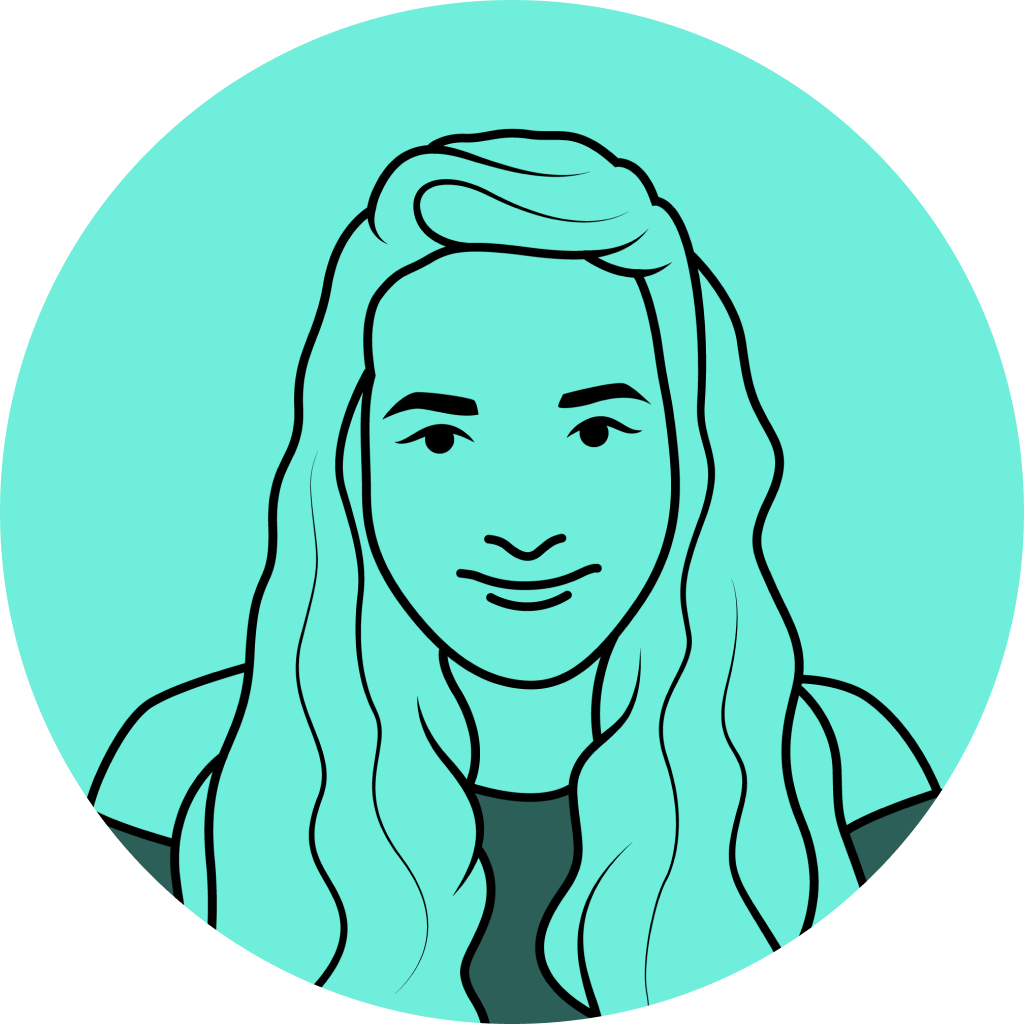
Let's talk
Got a business challenge that’s looking for an innovative digital solution? Or, perhaps you’re interested in joining our collective of digital pioneers? Maybe you just want to know a little more about what we do. In any case, we’d love to hear from you.
